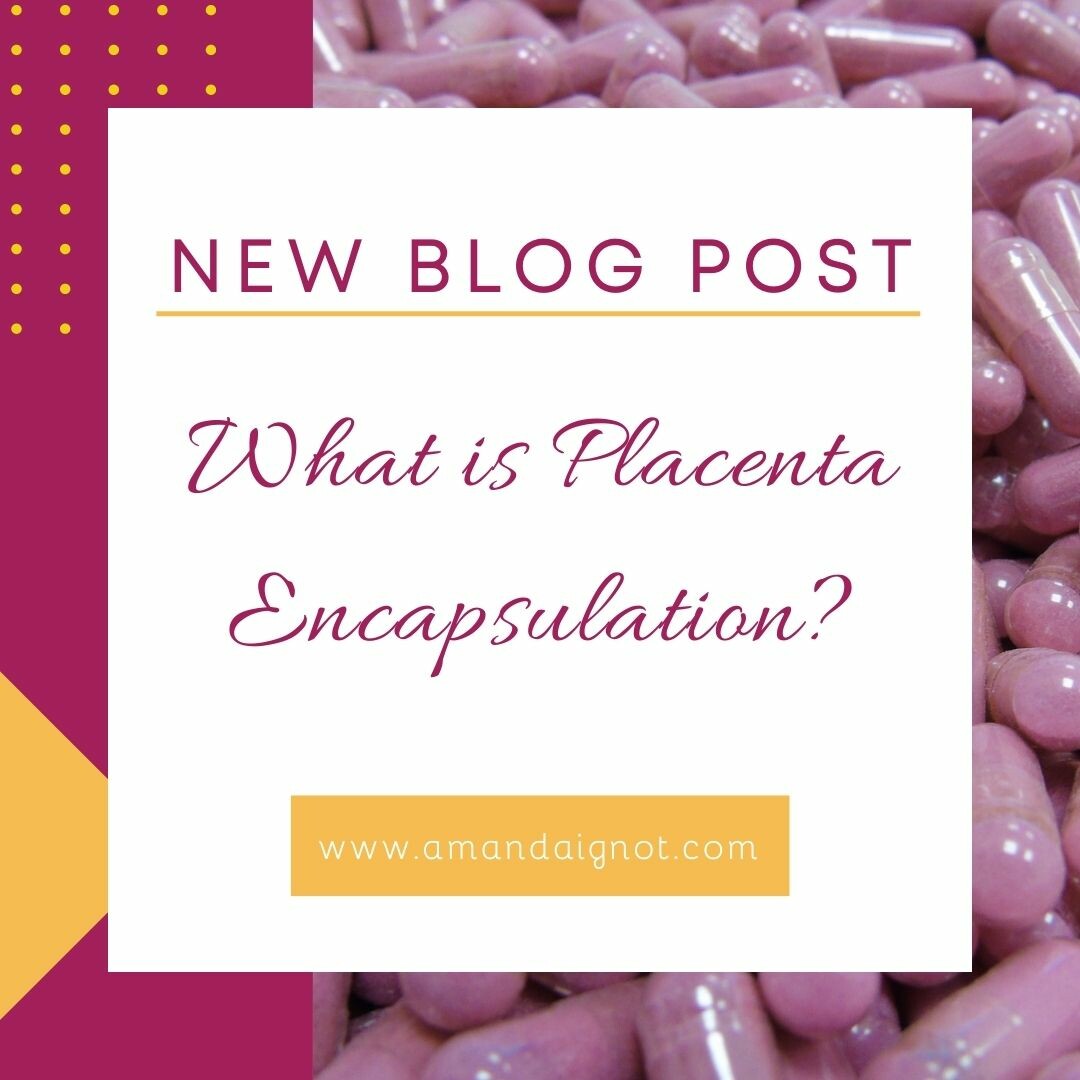
The placenta is an extraordinary organ, unique to each pregnancy, and plays a crucial role in nurturing and sustaining life. Often referred to as a "disposable" organ, it is the only organ in the human body designed to grow for a specific purpose and then be naturally expelled after fulfilling its function.
Fascinating Facts About the Placenta:
- Dual Blood Supply: The placenta is the only organ capable of supporting two different blood types simultaneously—those of the mother and the baby—without mixing them. This incredible feature allows for the efficient exchange of nutrients and oxygen while protecting the baby from harmful substances.
- Vital Role in Pregnancy: Acting as a lifeline between mother and baby, the placenta facilitates the transfer of essential nutrients, hormones, and oxygen, while also removing waste products from the baby's blood.
- Hormonal Support: After childbirth, a woman's hormone levels can dramatically decrease. By choosing to keep and consume the placenta, many mothers find relief from this hormonal plunge, experiencing a more balanced and gradual hormonal adjustment during the postpartum period.
Isn’t that cool? Anyways why am I even talking to you about your placenta?
Empowering Choices for Mothers:
Every woman deserves to make informed decisions about her placenta. Whether you choose to keep it, encapsulate it, or donate it for research, the choice is yours. Understanding your options allows you to advocate for yourself and your postpartum journey.
The Benefits of Placenta Encapsulation:
Placenta encapsulation involves dehydrating the placenta, grinding it into a fine powder, and encapsulating it into gel capsules. This process is believed to offer numerous benefits, including:
- Enhanced energy levels
- Improved milk production
- Reduced postpartum bleeding
- Elevated mood and reduced risk of postpartum depression
Many women report feeling more energetic and empowered during the postpartum period after consuming their placenta. As a Certified Placenta Preparer, I specialize in the raw encapsulation method to preserve the natural benefits of this remarkable organ, ensuring you receive the maximum support during your recovery.
The Process of Placenta Encapsulation
Placenta encapsulation involves dehydrating the placenta, grinding it into a fine powder, and encapsulating it into gel capsules. As a Certified Placenta Preparer, I specialize in the raw encapsulation method to preserve the natural benefits of this remarkable organ, ensuring you receive the maximum support during your recovery.
To have your placenta encapsulated, choose a preparer before your baby is born. The process is typically completed within 48-72 hours of receiving your placenta, with prompt delivery and guidance on usage for maximum benefit. Encapsulation provides a convenient way to consume your placenta, especially if you're not inclined to consume it raw or in smoothies.
Discover More Options:
Curious about how you can use your placenta? Watch this video where I share "4 Options For Using Your Placenta" to learn more about your choices.
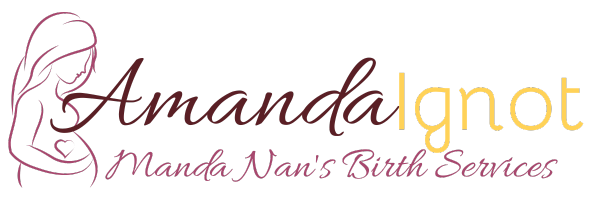

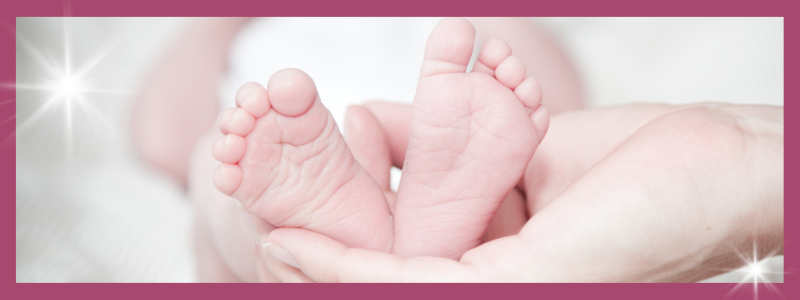

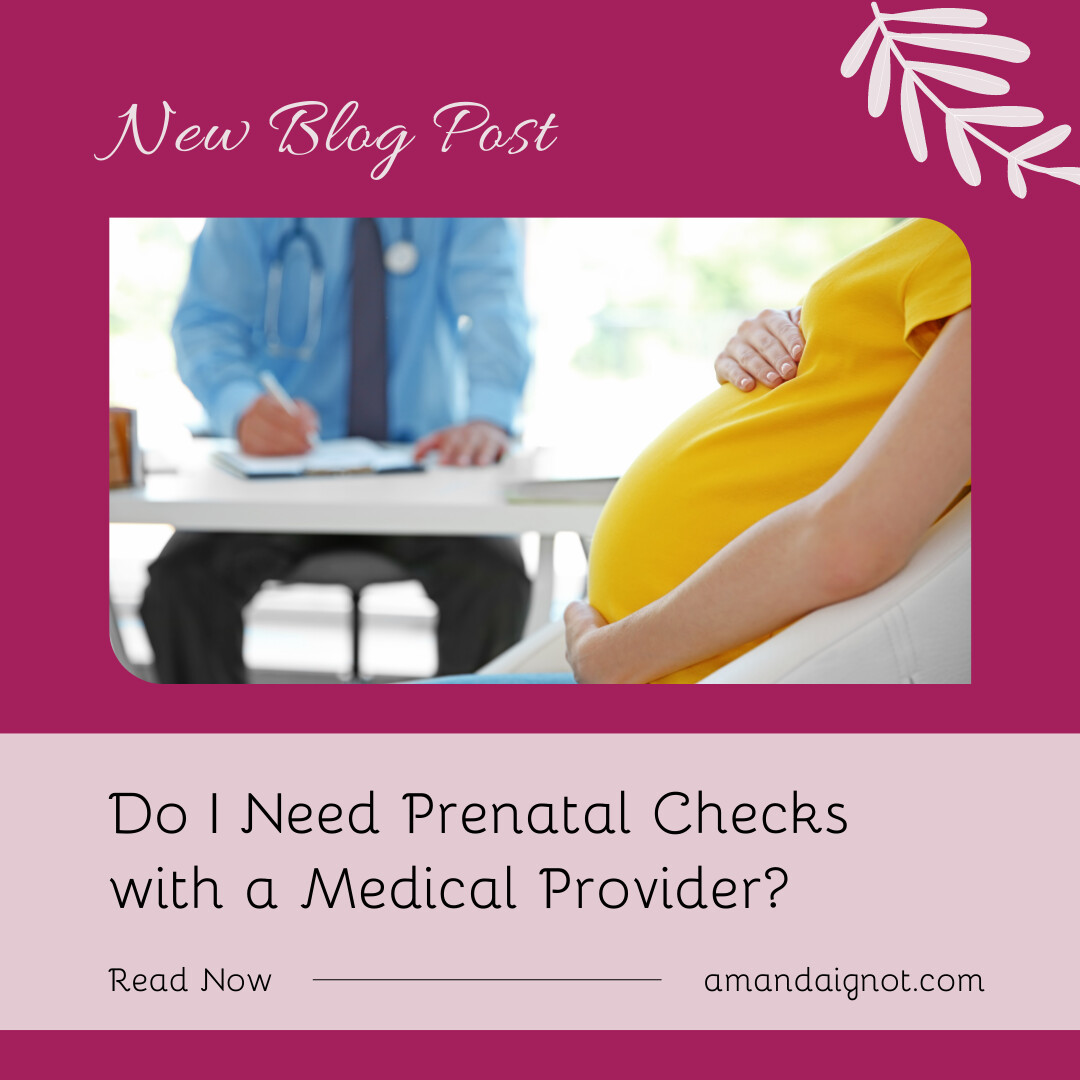



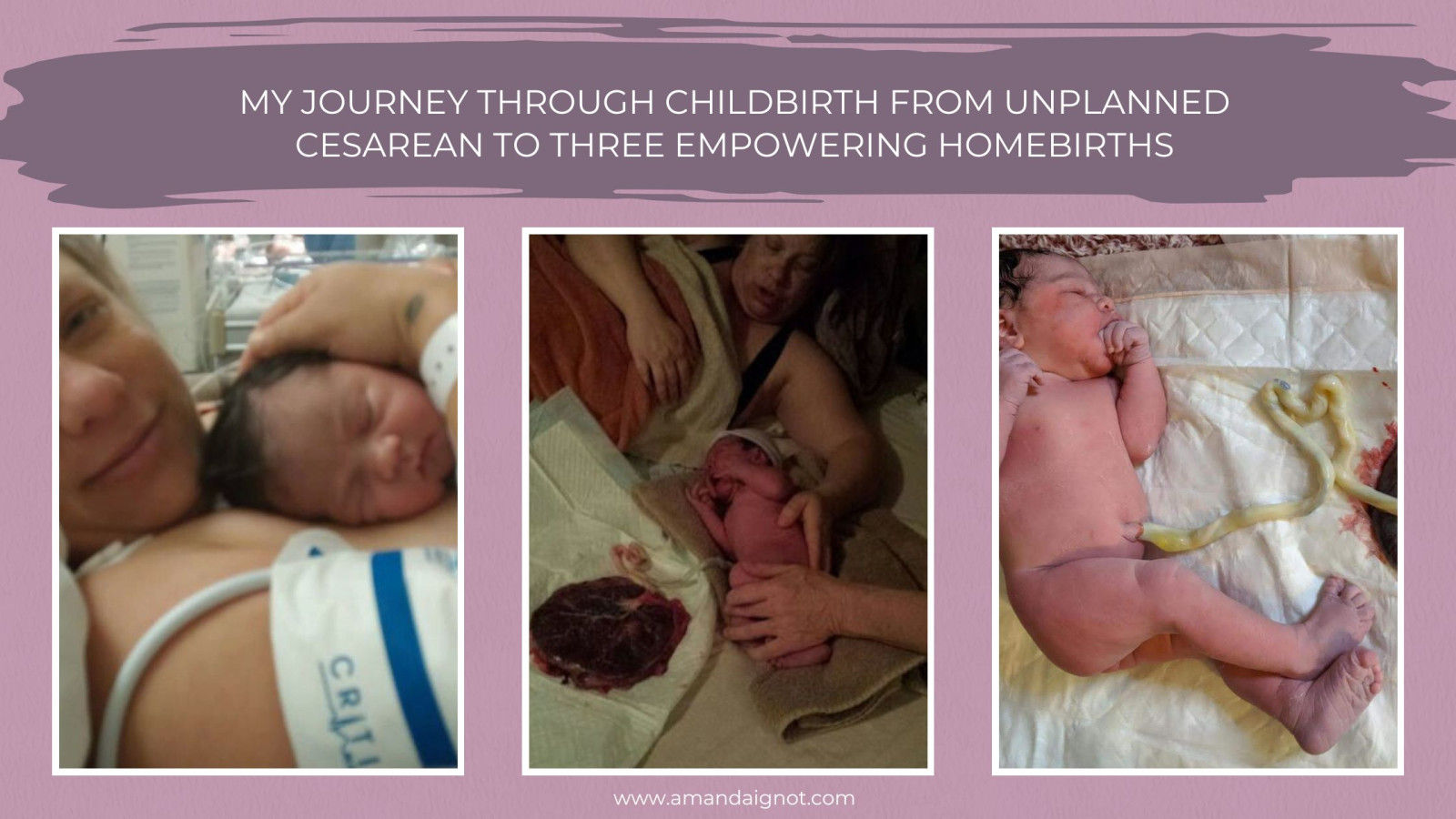
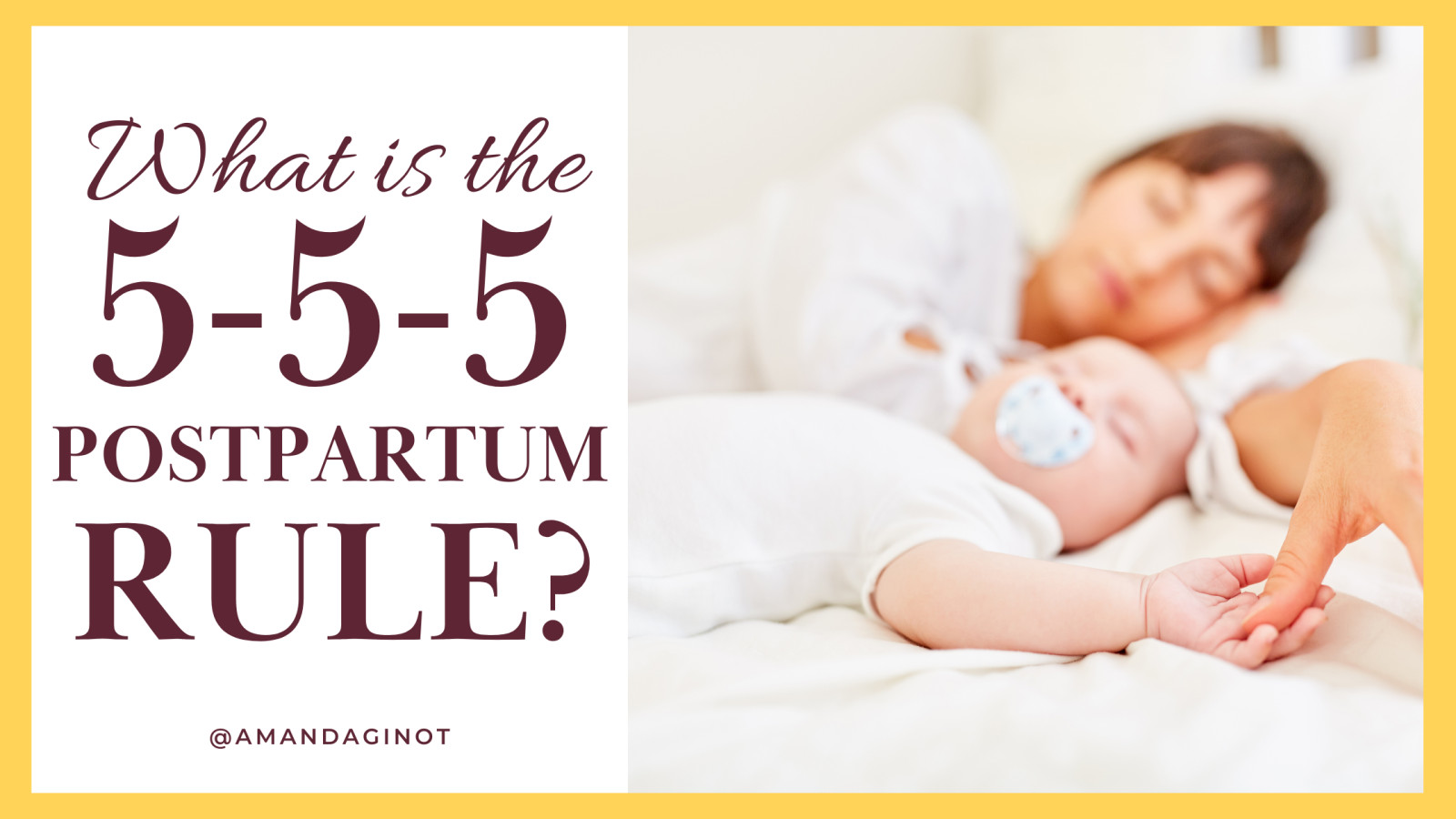
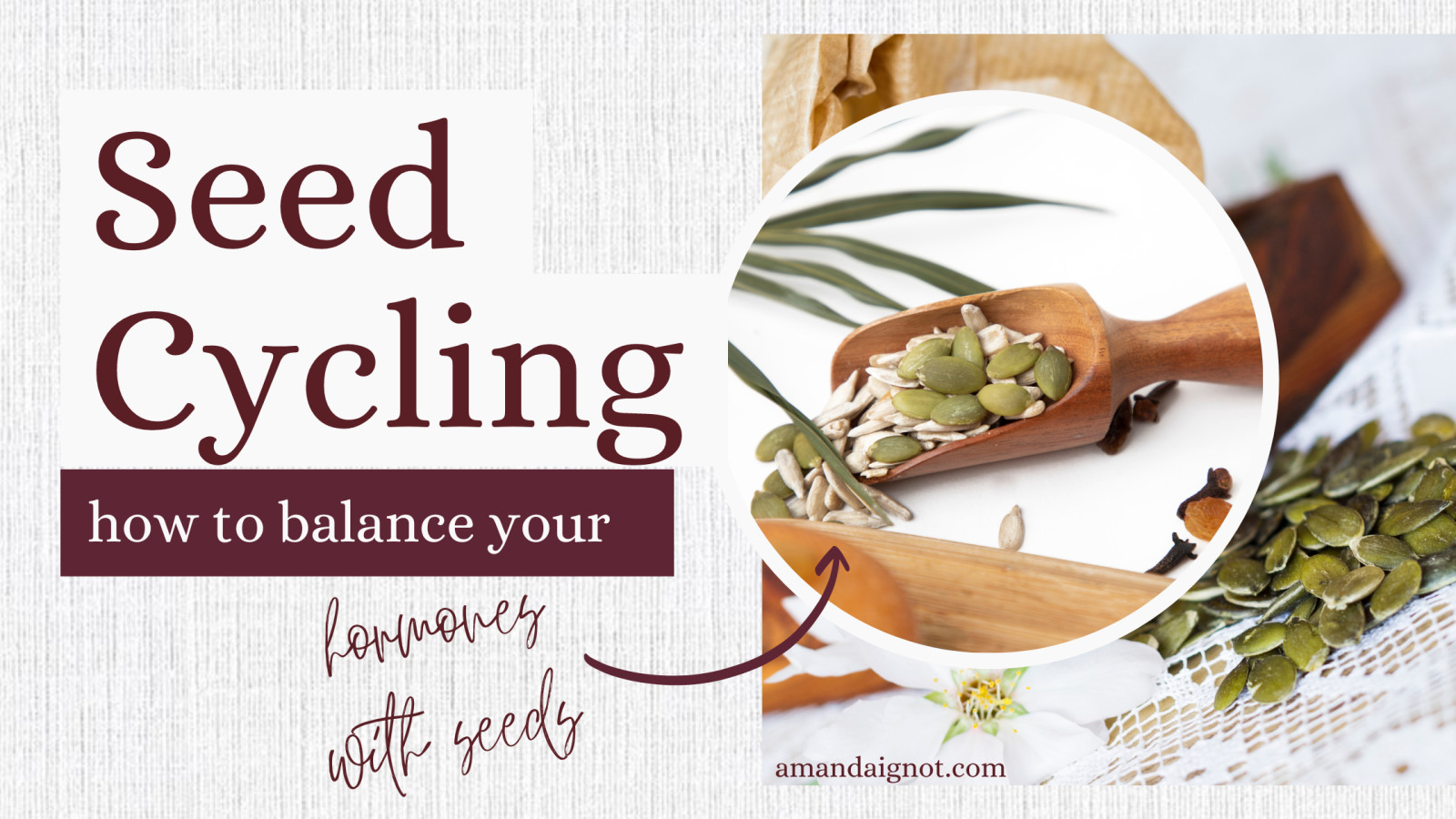

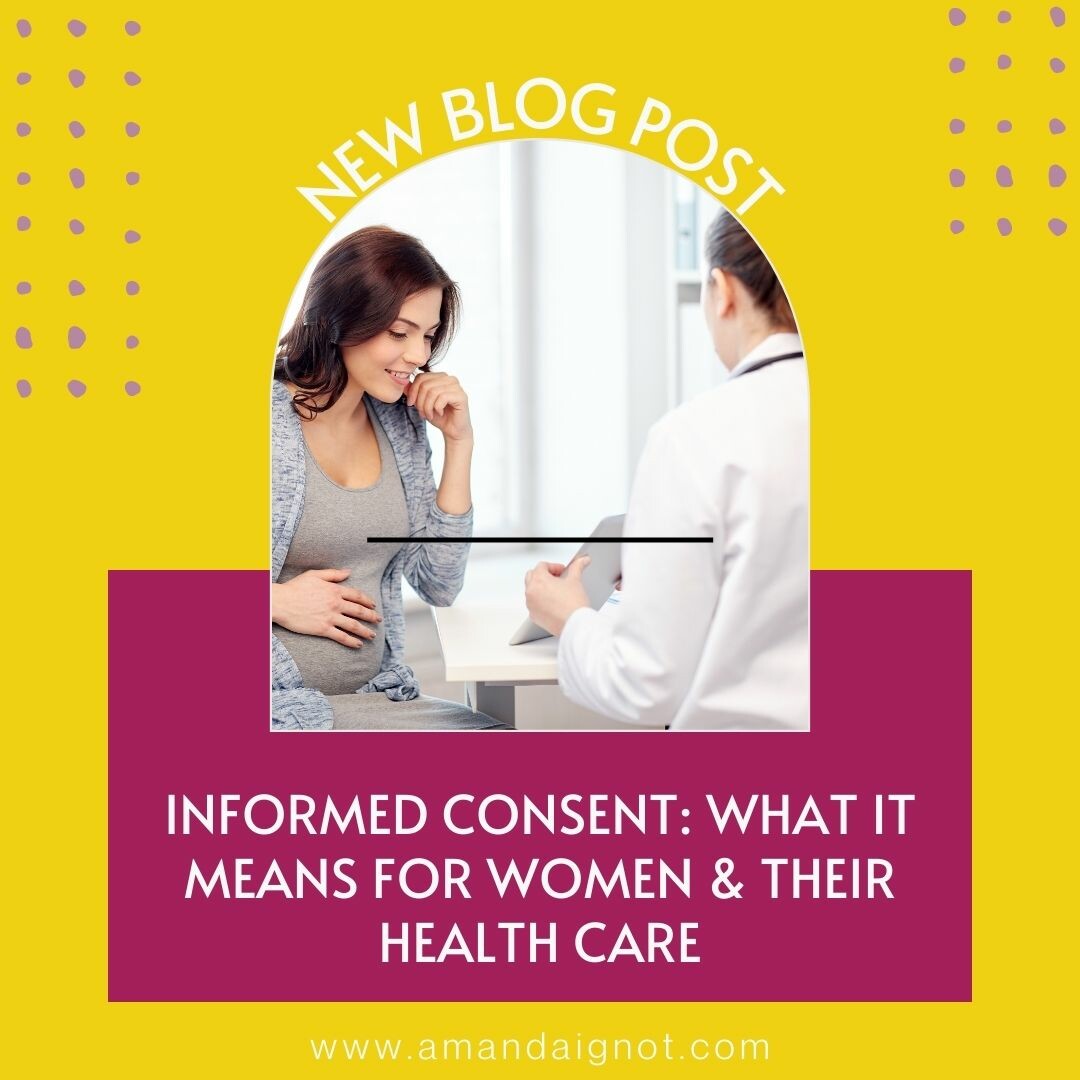
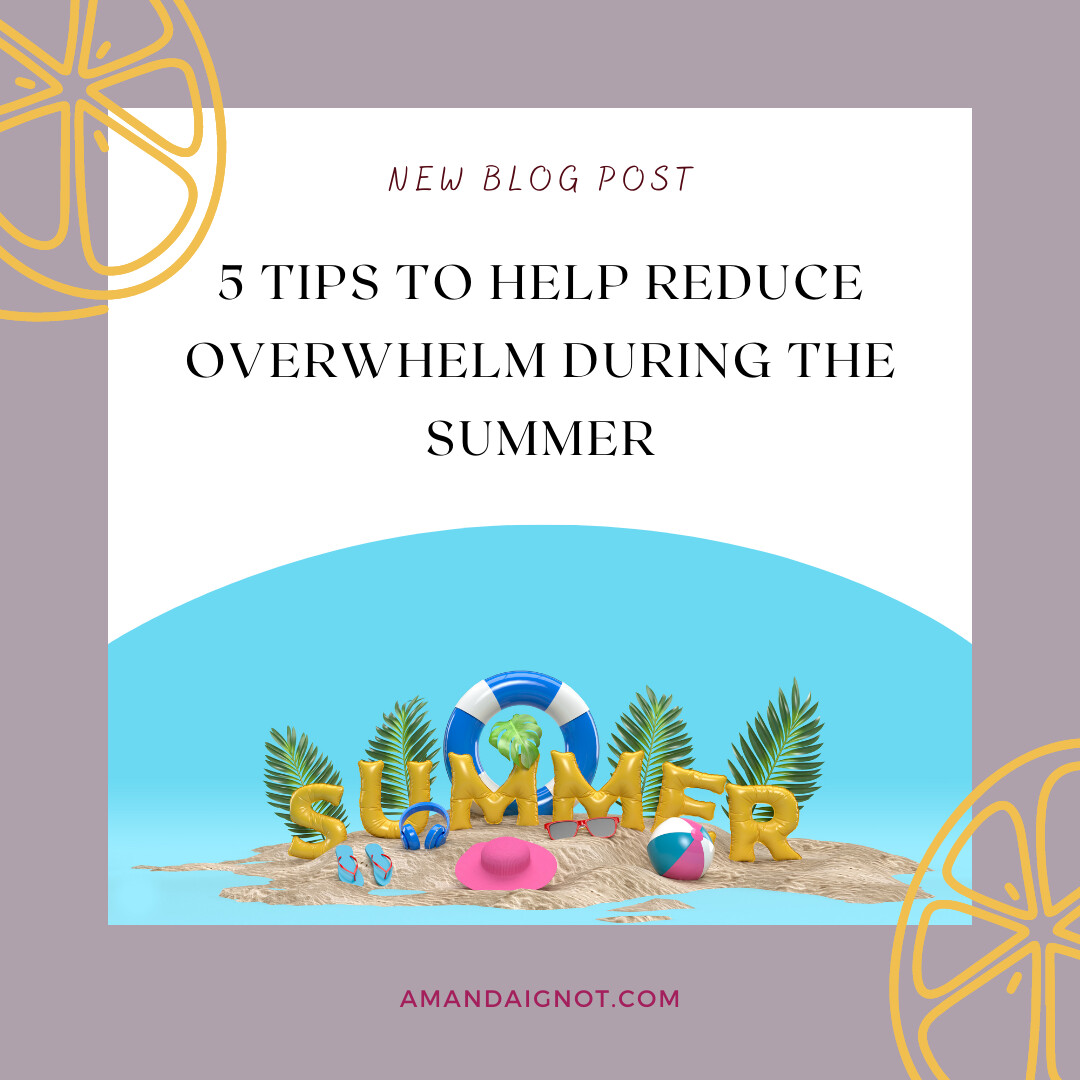

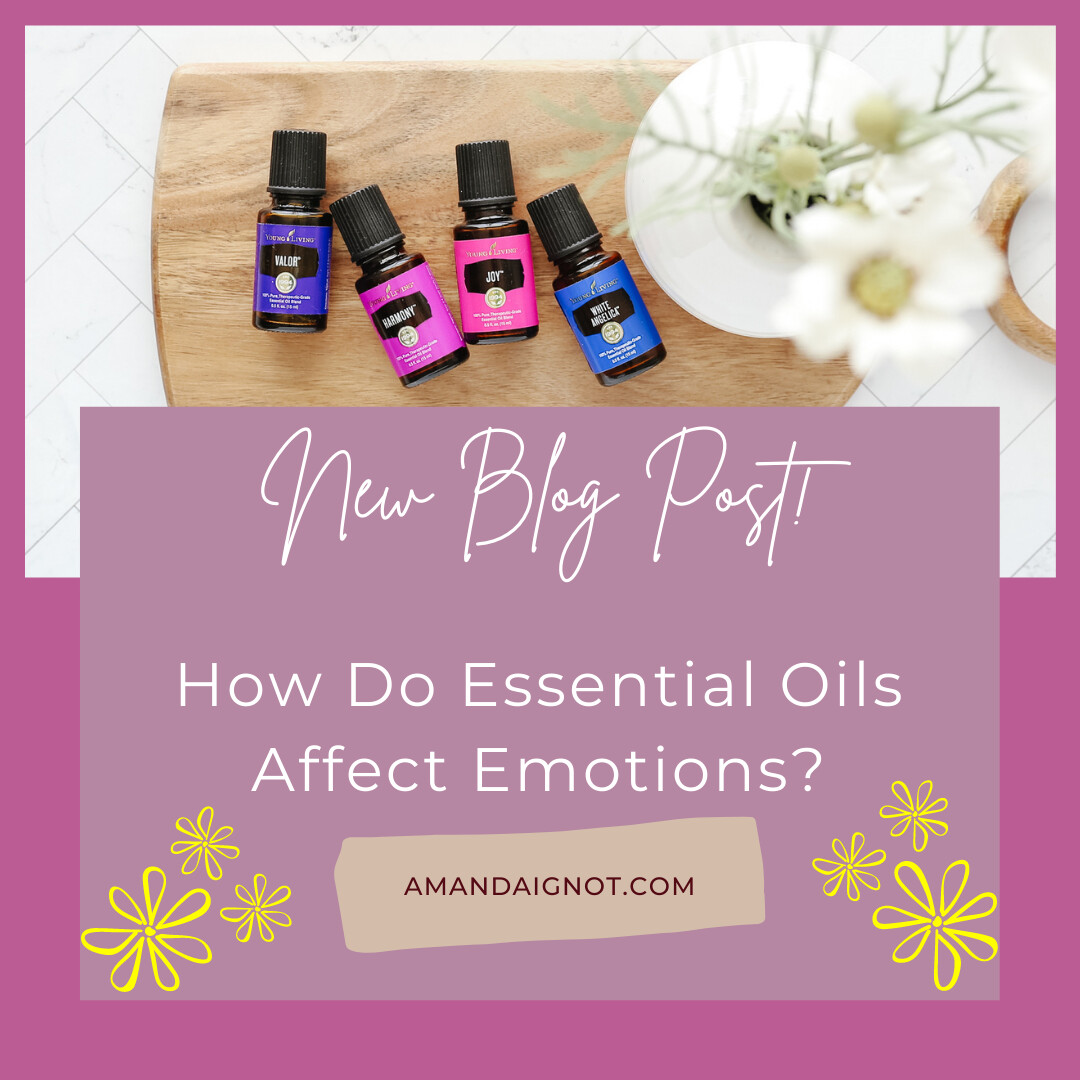
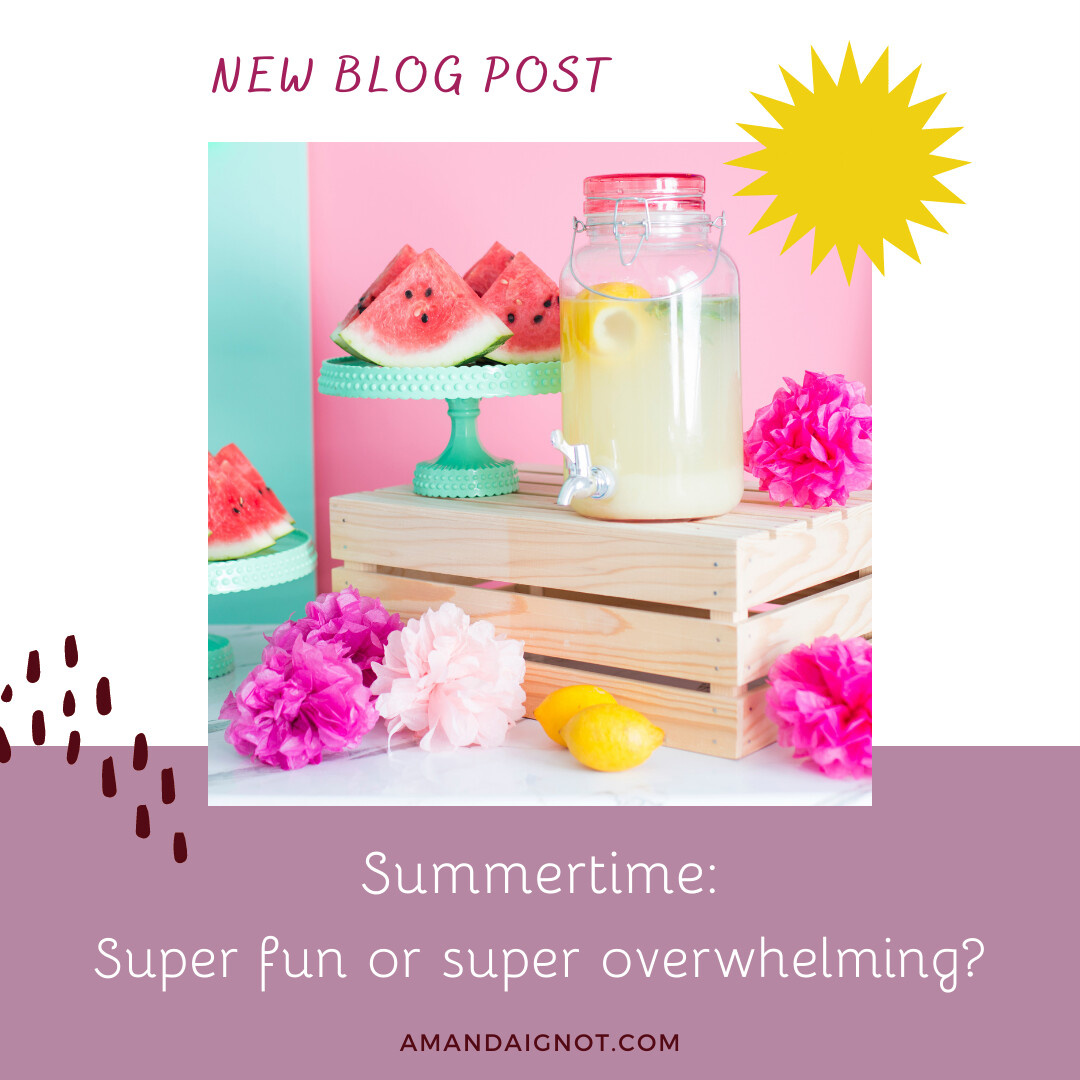






0 Comments